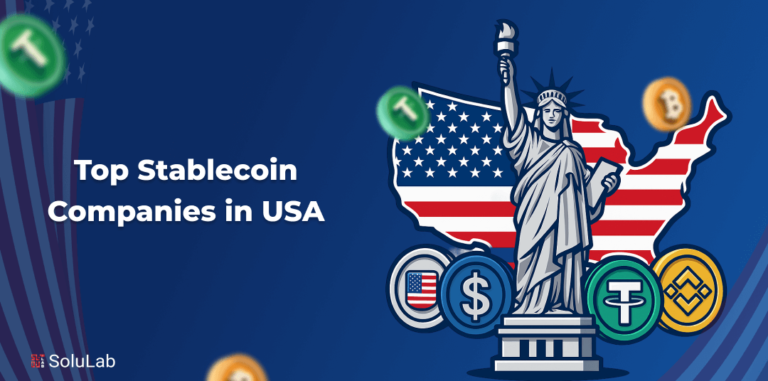
Thanks to Christie’s sale of Beeple’s “EVERYDAYS: THE FIRST 5000 DAYS” making international headlines and Grimes, a multi-hyphenate artist, selling $6 million worth of digital art as Non-fungible tokens (NFTs), NFTs have solidified themselves into the digital zeitgeist, capturing the hearts of many artists and collectors. For example, before the advent of NFTs, it was difficult for artists to create digital artwork that would hold value or scarcity. But because NFTs are secured on an immutable public ledger, digital assets now have a claim on ownership, history, and authenticity previously only associated with physical objects – creating a fundamental shift in the art world.
What Is NFT Art?
Non-fungible tokens (NFTs) are cryptographic tokens issued on a blockchain to represent unique digital assets such as artworks, music, or collectibles. Each NFT has a unique identifier that distinguishes them from each other. Meaning they can’t be altered or copied. NFT art marketplace is simply a piece of digital artwork tokenized on a blockchain network which also functions as proof of ownership and authenticity of the artwork.
Non-fungibility, A Game-Changer For Digital Artists
NFTs are not fungible because each one is a unique digital asset and can’t be interchangeable or replicated. For example, a bitcoin is fungible, you can trade one bitcoin for another bitcoin and get exactly the same thing. Whereas a one-of-a-kind painting like the Mona Lisa is non-fungible. Sure, you can buy a print of the Mona Lisa, but there is only one original painting of the Mona Lisa.
While the non-fungibility element of an NFT is one factor that determines the scarcity and worth of an NFT art piece, the value of an NFT can also depend on several factors: the team behind it, its use cases, community, or market supply and demand.
How Have NFTs Changed the Art World?
The usual benefits of NFTs such as proof of ownership, freedom of issuance, and immutability of records have revolutionized the way we create, collect and own art. Below, we’ve highlighted seven more ways NFTs have shaken up the art world.
Connect artists with a global audience
In a sense, galleries can be seen as gatekeepers of the artwork since they’re the ones who choose what artwork they will display. Compared to traditional art establishments, NFT marketplaces are much more inclusive of emerging artists and niche art concepts. This has enabled artists to thrive outside of the gallery and auction house structure.
Introduce potential ongoing revenue for artists
Usually, once an artist sells their artwork, they don’t make anything from subsequent resales. NFTs have revolutionized the secondary art market, and artists can determine the number of royalties they receive with the help of a smart contract – a blockchain program that self-executes tasks whenever certain conditions are met. Artists can set up a rule within the smart contract that triggers a royalty payment whenever their NFT art changes hand the secondary market.
Eliminate the need for intermediaries
Traditionally, galleries and some online marketplaces take a percentage of sales from an artist’s revenue. With NFTs, artists can directly interact with buyers and sell their artwork on NFT marketplaces without needing agents or intermediaries.
More transparency behind transactions
An artwork’s authenticity and origin are one of the factors that influence a buyer’s decision. The ones who verify these metrics are usually auction houses or galleries, but while provenance mistakes and well-produced forgeries are fairly uncommon – they do happen.
Since an NFT is secured on a blockchain network, anyone can track its transaction and previous ownership history to verify its authenticity. What’s more, the immutable nature of blockchain ledgers significantly minimizes the risk of forgery.
Read also: How to Buy your First Art NFT
Digital art isn’t the only medium that can benefit from NFTs. When it comes to physical artwork, NFTs can function as a digital certificate that proves the artwork’s authenticity with some artists minting digital and physical works together as one NFT. Compared to a piece of paper, NFTs are a more secure way to record ownership, verify its origin, and mitigate risks of forgery.
Lifting entry barriers
The rise in popularity of NFTs and the accessibility of NFT marketplaces have lifted the veil of mystery covering art galleries and auction houses. Prestigious museums like the State Hermitage Museum recognize NFTs as a form of art, and NFT art galleries pop up across the world. Art has been more accessible than ever before, presenting artists with a wider reach, and connecting them with potential clients from all walks of life.
Pushing innovation in the art space
As a newly recognized art form, NFTs have pushed creative and innovative boundaries since their conception, with some notable artists toying with their potential.
In 2021, the world-renowned artist and notorious art provocateur Damien Hirst launched a conceptual take on NFT potential. “The Currency” is a collection of hand-painted dot art comprising 10,000 NFTs with 10,000 corresponding physical A4 versions. Each physical piece features a watermark and hologram, making it hard to forge.
Read also: NFT art—a sales mechanism or a medium?
But here’s the twist: Buyers of the artwork have to choose whether they want to keep the digital or physical version of the artwork. They are given a year from when the NFTs are sent out to make a decision. If they choose to keep the NFT, the physical artwork will be destroyed and vice versa. The final decisions will be made in July 2022.
Conclusion
The NFT phenomenon has unveiled the mysterious art world and opened up new opportunities for artists and collectors. Compared to art galleries and auction houses, NFT marketplaces are much more inclusive, giving emerging artists niche ideas, and new art collectors the chance to explore art on their own terms.
While NFT technology is still considered relatively new, the current trajectory of the space suggests that NFTs will continue to open new opportunities and experiences for artists and collectors alike.
Blog Credits: Binance




